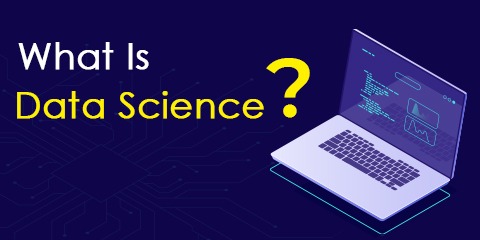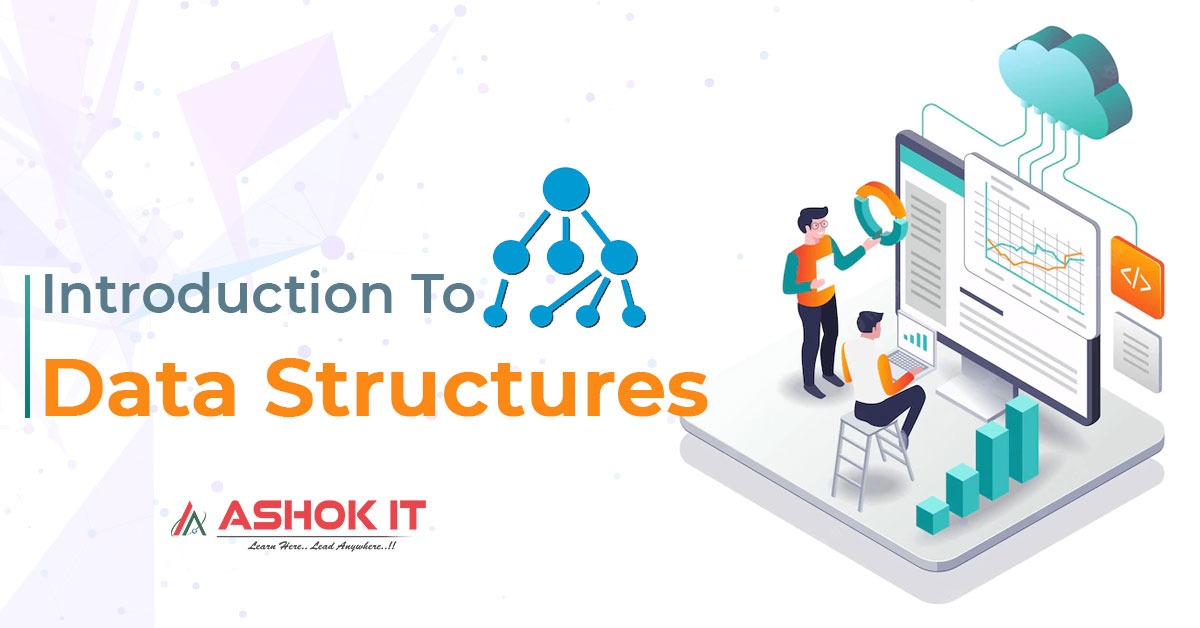What Is Data Science?
What Is Data Science?
Data science is the area of study that arrangements with huge volumes of information utilizing present day devices and procedures to track down concealed designs, determine significant data, and pursue business choices. Data science is implemented to solve complex AI calculations to fabricate prescient models.
Since it is now so obvious what data science is, we should see the reason why data science is crucial for the present IT scene.
The Data Science Lifecycle
Data science's lifecycle comprises of five particular stages, each with its own assignments:
1. Catch:
Data Acquisition, Data Entry, Signal Reception, Data Extraction. This stage includes gathering crude organized and unstructured information.
2. Process:
Data Mining, Clustering/Classification, Data Modeling, Data Summarization. Information researchers take the pre-arranged information and look at its examples, ranges, and predispositions to decide how helpful it will be in prescient investigation.
3. Maintaining:
Data Warehousing, Data Architecture, Data Staging, Data Processing, Data Cleansing. This phase covers taking the critical information and placing it in a structure that can be used.
4. Investigate:
Predictive Analysis, Regression, Exploratory/Confirmatory Text Mining, Qualitative Analysis. This stage includes playing out the different investigations on the information.
5. Impart:
Data Reporting, Data Visualization, Business Intelligence, Decision Making. In this last advance, investigators set up the examinations in effectively comprehensible structures like diagrams, charts, and reports.
Requirements for Data Science
Here are a portion of the specialized ideas you ought to be aware of prior to beginning to realize what is data science.
1. AI
AI is the foundation of information science. data Scientists need to have a strong handle of ML not with standing fundamental information on measurements.
2. Demonstrating
Numerical models empower you to make speedy computations and expectations in light of what you definitely have some familiarity with the information. Displaying is likewise a piece of Machine Learning and includes distinguishing which calculation is the most appropriate to take care of a given issue and how to prepare these models.
3. Measurements
Measurements are at the center of information science. A tough handle on measurements can assist you with extricating more insight and acquire more significant outcomes.
4. Programming
Some programs is expected to execute an effective information science project. The most popular recognized programmings are Python, and R. Python is particularly famous on the grounds that it's not difficult to learn, and it upholds different libraries for information science and ML.
5. Data bases
A skilled information researcher requirements to comprehend how data sets work, how to oversee them, and how to extricate information from them
How Does a Data Scientist Respond?
An data researcher examines business information to extricate significant experiences. At the end of the day, an information researcher takes care of business issues through a progression of steps, including:
Prior to handling the information assortment and examination, the information researcher decides the issue by posing the right inquiries and acquiring understanding.
The information researcher then decides the right arrangement of factors and informational indexes.
The data researcher accumulates organized and unstructured information from numerous different sources-endeavor information, public information, and so on.
When the information is gathered, the information researcher processes the crude information and converts it into an arrangement appropriate for investigation. This includes cleaning and approving the information to ensure consistency, culmination, and exactness.
After the information has been delivered into a usable structure, it's taken care of into the scientific framework ML calculation or a factual model. This is the place where the data researchers examine and distinguish examples and patterns.
At the point when the information has been totally delivered, the data researcher deciphers the information to track down amazing open doors and arrangements.
The information researchers complete the responsibility by setting up the outcomes and bits of knowledge to impart to the fitting partners and conveying the outcomes.
Presently we ought to know about some AI calculations which are valuable in understanding information science plainly.
Why Become a Data Scientist?
As indicated by Glassdoor and Forbes, interest for information researchers will increment by 28% by 2026, which discusses the calling's toughness and life span, so assuming you need a safe vocation, information science offers you that opportunity.
Besides, the calling of information researcher came in runner up in the Best Jobs in America for 2021 overview, with a normal base compensation of USD 127,500.
In this way, assuming you're searching for an intriguing vocation that offers soundness and liberal remuneration, then, at that point, look no further!
Where Do You Fit in Data Science?
Data science offers you the chance to zero in on and have some expertise in one part of the field. Some of example of various ways you can squeeze into this fiels, quickly developing field.
1. DataScientist
Work job: Identifying what the issue is, what questions need replies, and where to track down the data. Likewise, they mine, clean, and present the significant information.
Abilities required: Programming abilities (SAS, R, Python), narrating and information perception, factual and numerical abilities, information on Hadoop, SQL, and Machine Learning.
2. Data Analyst
Work job: Analysts overcome any barrier between the information researchers and the business investigators, coordinating and dissecting information to respond to the inquiries the association presents. They take the specialized investigations and transform them into subjective things to do.
Abilities required: Statistical and numerical abilities, programming abilities (SAS, R, Python), in addition to encounter in information fighting and information perception.
Information Engineer.
3. Data Engineer:
Work job: Data engineers center around creating, conveying, making due, and improving the association's information foundation and information pipelines. Engineers support data researchers by assisting with moving and change data for inquiries.
Abilities required: NoSQL data sets (e.g., MongoDB, Cassandra DB), programming dialects like Java and Scala, and systems (Apache Hadoop).
Data Science Tools
The information science calling is testing, yet luckily, there are a lot of devices accessible to assist the information researcher with prevailing at their particular employment.
1. Data Analysis: SAS, Jupyter, R Studio, MATLAB, Excel, RapidMiner
2. Data Warehousing: Informatica/Talend, AWS Redshift
3. Data Visualization: Jupyter, Tableau, Cognos, RAW
AI: Spark MLib, Mahout, Azure ML studio








